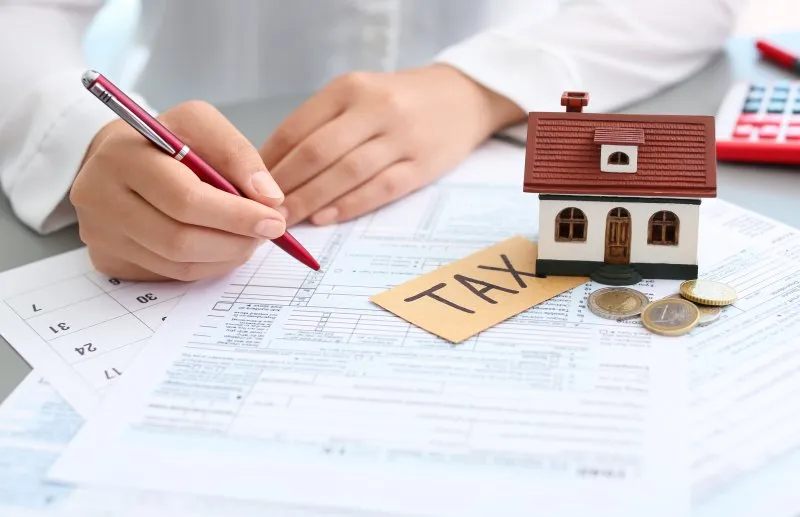
Residential and commercial property taxes in India are imposed by the state governments and are typically based on the value of the property. These taxes are usually paid annually and are used to fund local government services such as schools, roads, and public safety.

Residential property tax is unromantic to properties that are used as a primary residence. The value of the property is typically unswayable by the local government and is based on factors such as location, size, and condition of the property. The tax rate for residential property is often lower than that for commercial property.
Commercial property tax, on the other hand, is unromantic to properties that are used for merchantry or commercial purposes, such as offices, retail spaces, and warehouses. The value of the commercial property is moreover unswayable by the local government and is based on factors such as location, size, and condition of the property. The tax rate for commercial property is often higher than that for residential property.
In wing to property taxes, income from rental properties is moreover subject to income tax in India. The income tax rate for rental income varies depending on the yearly rental income and the tax subclass of the individual or entity receiving the rental income.
It is important for property owners to stay informed well-nigh their property tax obligations and to file their taxes in a timely manner to stave penalties and interest charges. It is moreover important to consult with a tax professional to ensure compliance with tax laws and to minimize tax liability.

Calculate property tax
In India, property tax is usually calculated by the local government based on the value of the property and the workable tax rate. The value of the property is typically unswayable by the local government and is based on factors such as location, size, and condition of the property. The tax rate is usually set by the local government and can vary depending on the type of property and the location of the property.
The property tax numbering is typically based on the yearly rental value (ARV) of the property, which is the unscientific rent that the property would fetch if it were to be rented out. The ARV is unswayable by the local government and is usually updated periodically.
The property tax numbering can be washed-up by multiplying the ARV of the property with the workable tax rate. For example, if the ARV of the property is Rs. 1,00,000 and the tax rate is 0.5%, the property tax would be Rs. 5,000 (Rs. 1,00,000 x 0.005).
It is important to note that some states in India have variegated method of gingerly property tax like, Unit Area Value Method, Capital Value Method and so on.
It is moreover important to note that the property tax numbering may be variegated for residential and commercial properties and that the tax rate may moreover vary depending on the location of the property. It is recommended to trammels with the local government for the specific numbering method and tax rate workable to your property.
It is unchangingly recommended to trammels with the local government or a tax professional for the most well-judged and up-to-date information on property tax numbering and to ensure compliance with tax laws.















